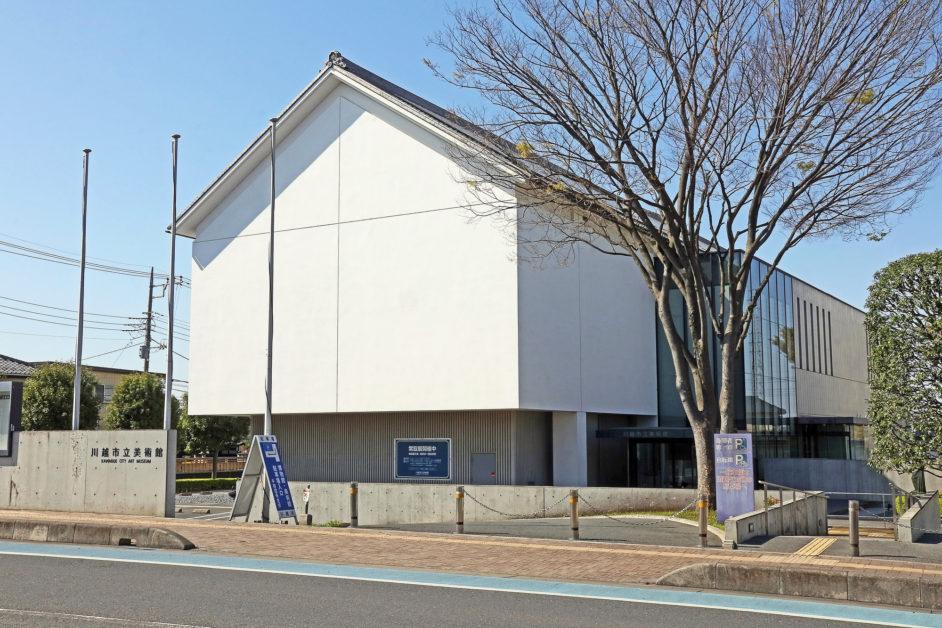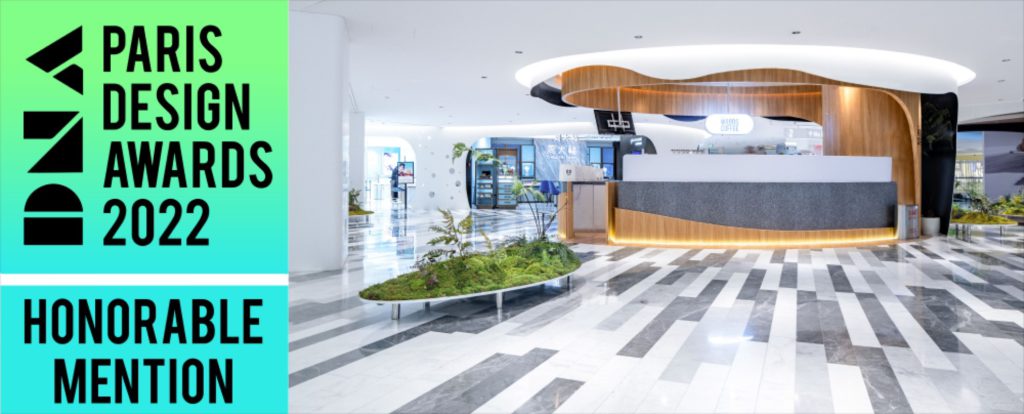Library Architectures Making Progress in the Promotion of Reading
During recent years, it seems many people have adjusted spending time at home because of the Corona disaster. There are a wide variety of ways to spend time at home. Among them, one of the most popular is reading books, which can be done easily in one’s spare time.
In this issue, we would like to introduce library architectures. Why not immerse yourself in the world of books and lose track of time in an innovative reading space?
CONTENTS
- Yamanashi Prefectural Library, Yamanashi
- ‘Minna no Mori’ Gifu Media Cosmos, Gifu
- Kyoto Prefectural Library, Kyoto
- Okayama Prefectural Library, Okayama
- Nasushiobara Municipal Library Miruru, Tochigi
1.Yamanashi Prefectural Library, Yamanashi
The Yamanashi Prefectural Library was established in front of Kofu Station in Yamanashi Prefecture, following the relocation of the library due to its dilapidation. The main concept of “living with nature” is expressed by the blue sky that can be seen from the ceiling and the curtain wall of vines. The skeletal frame was created in the image of the grape trellises and grape baskets which are associated with Yamanashi.
To dispel the image of the library as a quiet place, the library has set up spaces where people can freely talk and interact with each other. A silent room is also available for those who wish to concentrate on reading or working.

2.’Minna no Mori’ Gifu Media Cosmos, Gifu
‘Minna no Mori’ (A Forrest for All) Gifu Media Cosmos is a cultural complex consisting of Gifu City Chuo Library, the Community Activity Exchange Center, and the Multicultural Exchange Plaza. The library boasts a maximum collection of 900,000 books and seats 910 people. Upon entering the building, visitors will notice the wooden lattice roof that spans the entire ceiling. The gigantic bulbs are arranged like objects hanging from the ceiling. These are called “globes,” and they play the role of diffusing natural light into the room. The smooth, bending ceiling, the beautifully transparent globes, and the space surrounded by Gifu cypress will help you relax and lose track of time.

3.Kyoto Prefectural Library, Kyoto
The Kyoto Prefectural Library was designed by Goichi Takeda, known as the father of Kansai architecture, and opened in 1909. Its exterior gives a sense of the Western architecture that Takeda developed during his studies in the early 20th century. The building’s straight lines and curves are a perfect fusion of Western and Japanese styles, representing the modern architecture of the Meiji period.
The nearby Otorii (Grand Gate) of Heian Shrine is within view of the library, where visitors can stop by for a refreshing break from reading.

4.Okayama Prefectural Library, Okayama
The Okayama Culture Zone is an area where various cultural facilities and famous sites representing Okayama Prefecture, including Okayama Castle, are concentrated. The Okayama Prefectural Library is located in one of these areas. Located in a historical landscape area, the library is designed to connect other facilities with the natural landscape, showing the integration of history, nature, and architecture.
The reading room is a simple space with few columns. In consideration of the earth and running costs, natural ventilation systems and rainwater harvesting, solar power generation, and other natural energy sources are used. Sharp vertical windowpanes let in plenty of natural light, providing an ideal environment for reading.

5.Nasushiobara Municipal Library Miruru, Tochigi
Nasushiobara Municipal Library Miruru stands in front of JR Kuroiso Station in Nasushiobara City. The library embraces visitors by creating a “forest” which is the regional identity of Nasushiobara City. The entire library is covered with an angled louvered ceiling that resembles the lower edge of the canopy of a grove of trees. Lights pouring down from the roof represent sunlight filtering through the trees.
The library is intended to be a place of discovery and learning, where visitors can freely roam around the building and encounter the world of sculptures, exhibits, and activities scattered throughout the building. You are sure to find your favorite space in the laid-back museum.

In this issue, we have introduced Japanese library architecture.
Whether its for a change of pace or to find your favorite book, we hope you enjoy your reading time in an environment that is slightly different from your everyday routine.
Sources:
https://www.lib.pref.yamanashi.jp/
https://www.kumesekkei.co.jp/designstory/yamanashi_prefectural_library.html
https://g-mediacosmos.jp/
https://www.library.pref.kyoto.jp/
https://www.libnet.pref.okayama.jp/
https://www.nasushiobara-library.jp/図書館・公民館案内/那須塩原市図書館みるる/


















